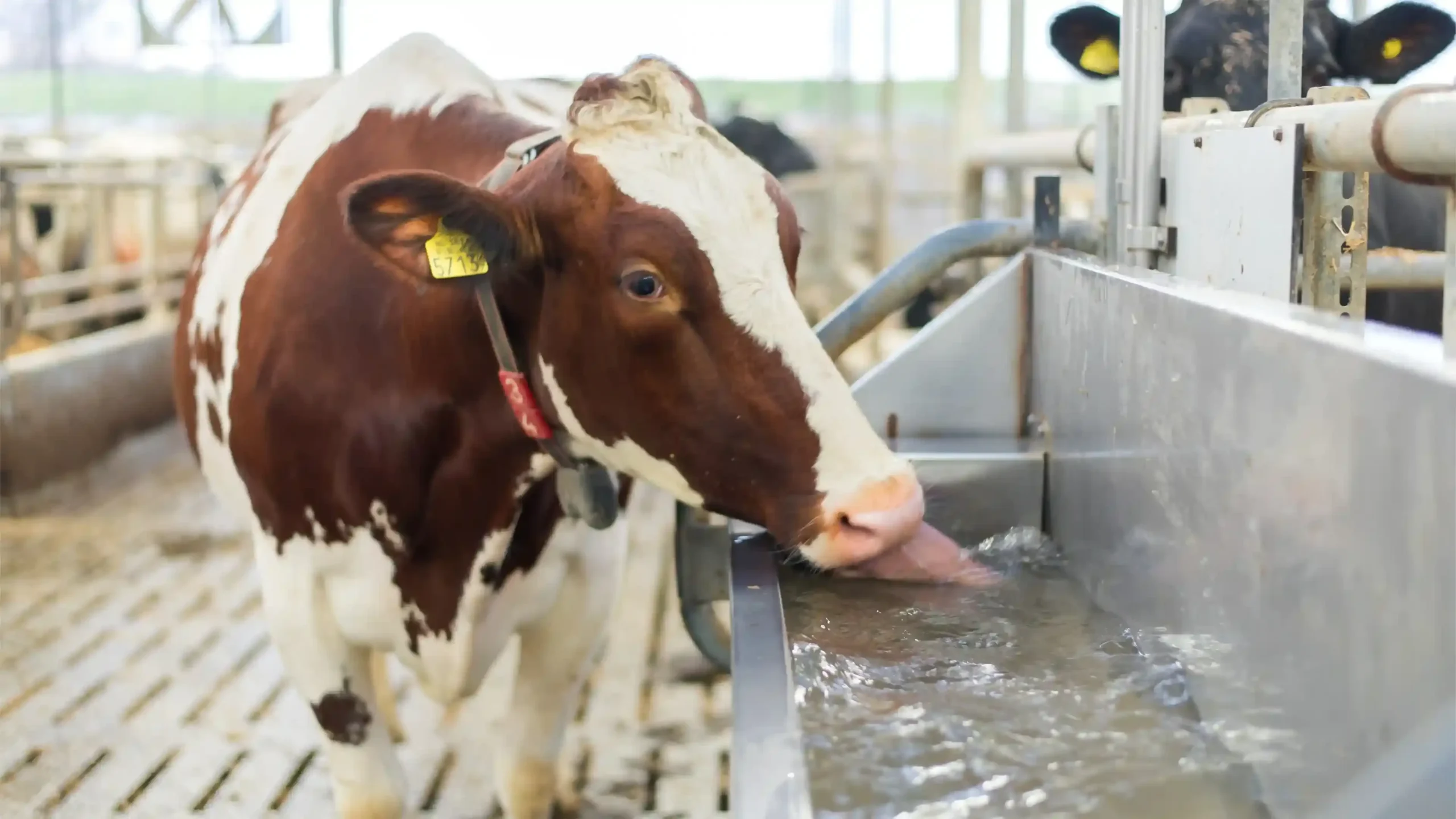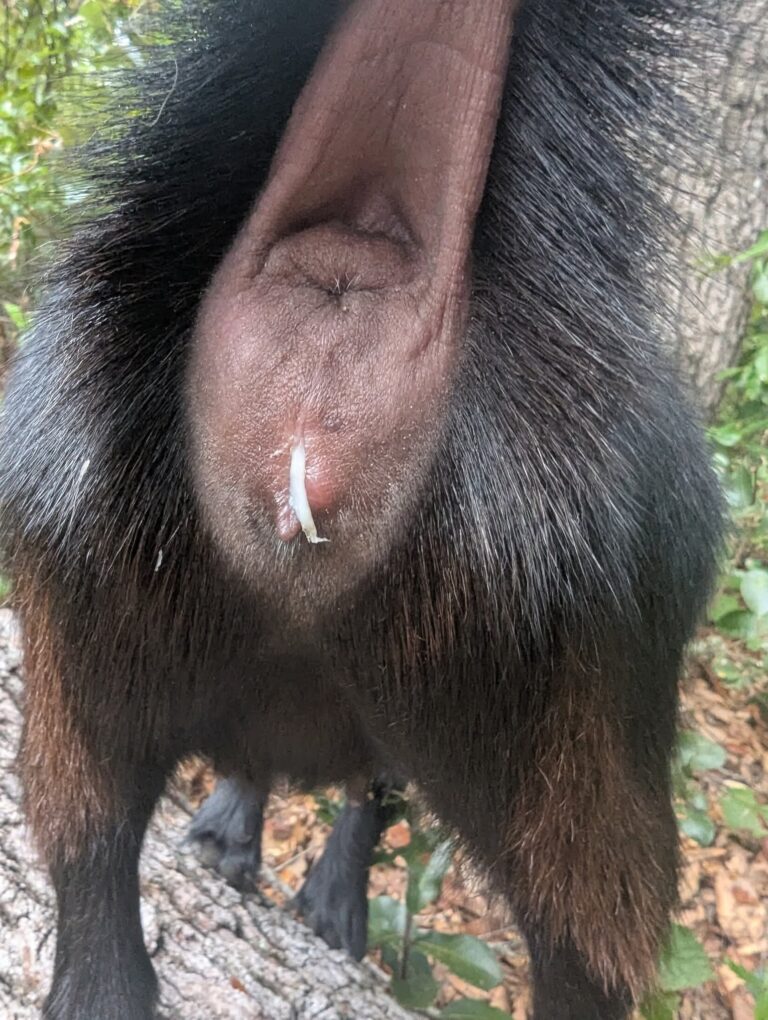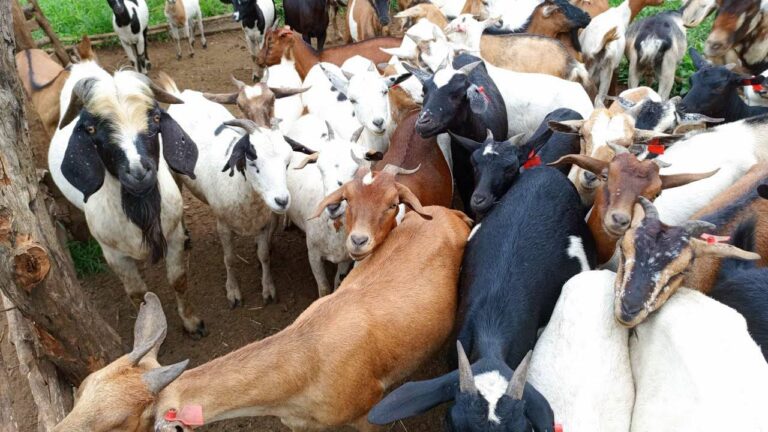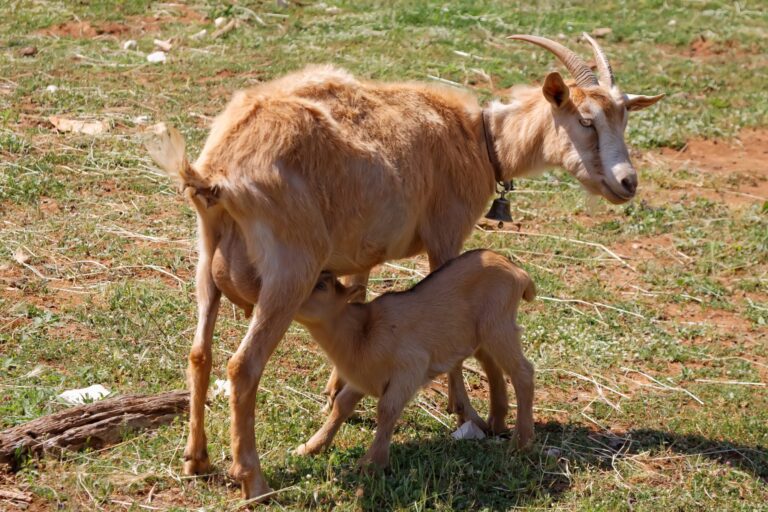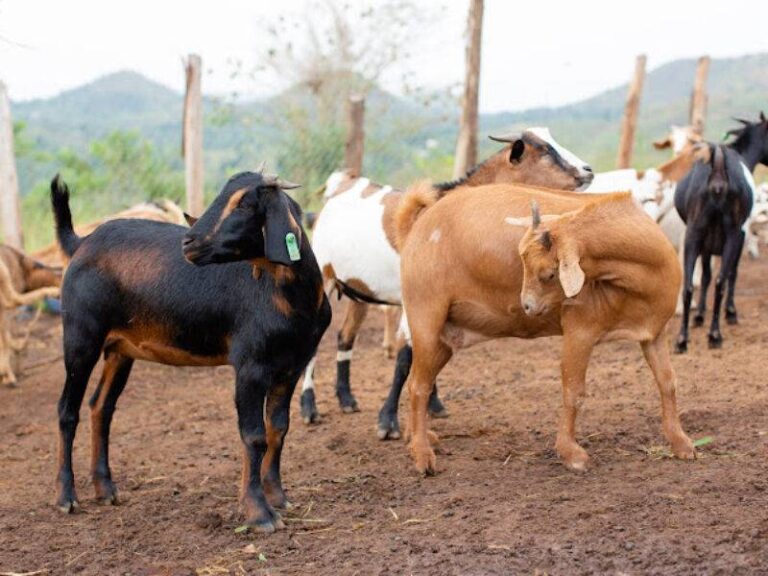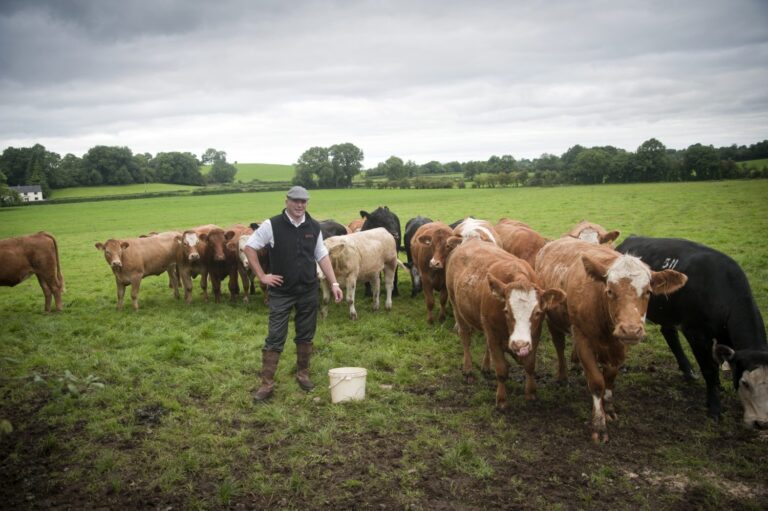Choosing the right cattle breed for your farm is a pivotal decision that shapes your operation’s success, profitability, and sustainability. The ideal breed aligns with your farm’s goals, climate, resources, and market demands.
This comprehensive guide will walk you through the key considerations, from climate adaptability to market trends, ensuring you make an informed choice. Whether you’re a beginner starting a small herd or an intermediate farmer scaling up, this post offers practical insights to guide your decision.
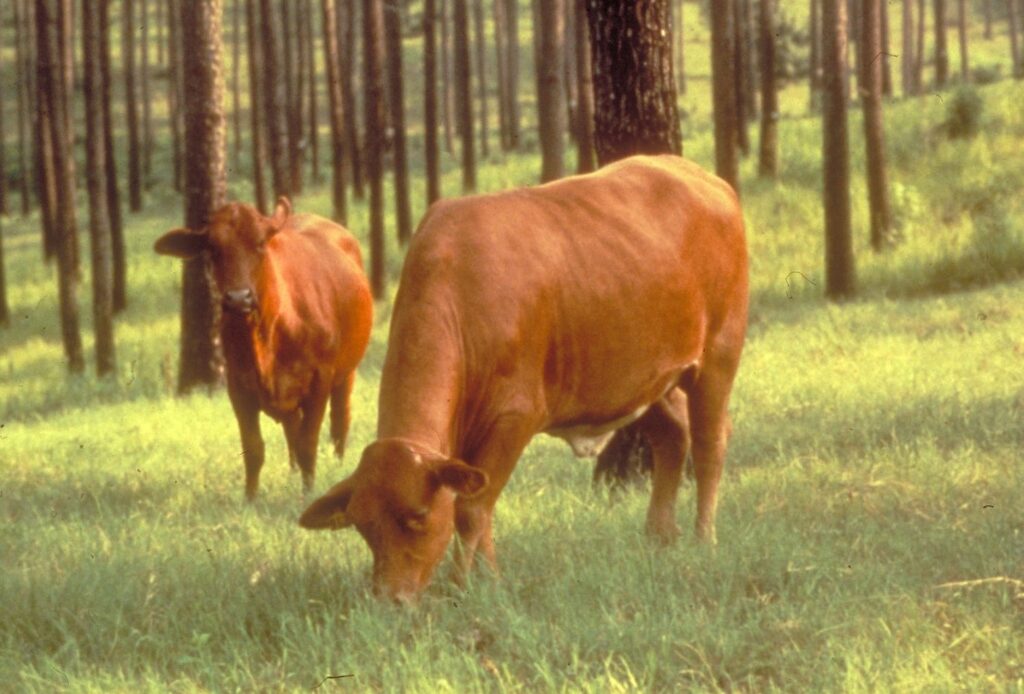
Understand Your Farm’s Goals
Before diving into breed specifics, clarify your farm’s purpose. Are you raising cattle for beef, dairy, or dual-purpose production?
Beef operations prioritize fast-growing, muscular breeds, while dairy farms need high-milk-yielding cows. Dual-purpose breeds suit smallholder farmers who want both milk and meat. A farmer in Kenya successfully used dual-purpose Sahiwal cattle to meet local milk demands while selling surplus calves for beef.
Defining your goals narrows your breed options and sets the foundation for a profitable operation.
Consider your farm’s scale and resources. Small farms with limited land may benefit from smaller, efficient breeds like Dexter cattle, which require less pasture. Larger operations might opt for high-output breeds like Holstein for dairy or Angus for beef.
Aligning breed selection with farm size and labor availability prevents overextension and boosts efficiency. Take time to assess your goals, as they’ll guide every subsequent decision.
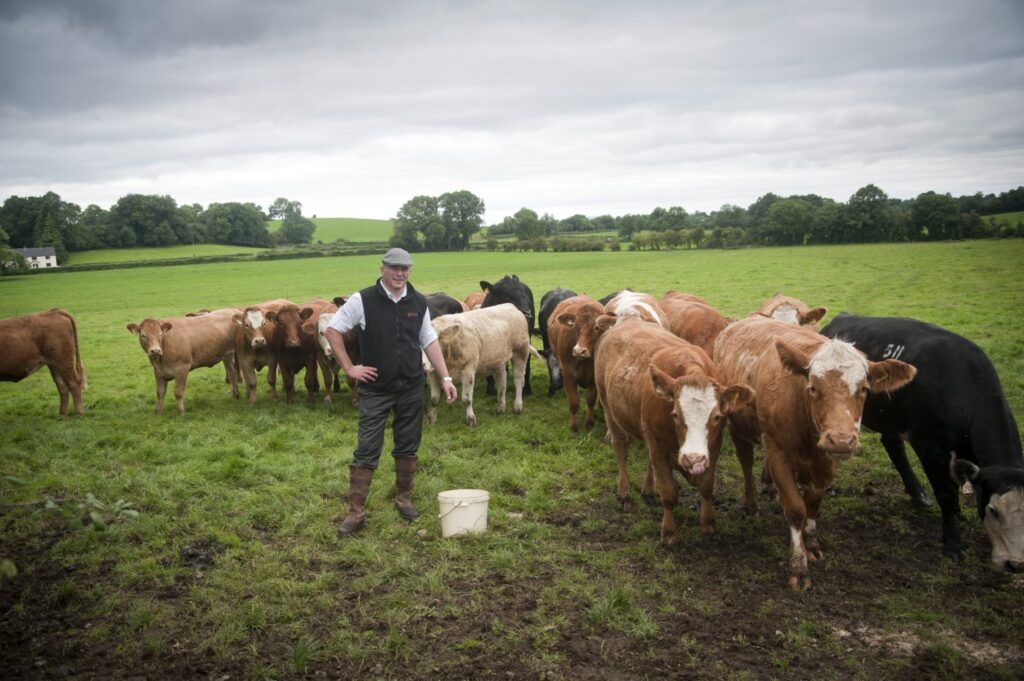
Assess Your Farm’s Environment and Climate
Cattle breeds vary widely in their adaptability to climate and terrain.
Tropical regions, like parts of Africa or northern Australia, demand heat-tolerant, parasite-resistant breeds like Brahman or Boran.
In contrast, colder climates, such as those in Canada or the UK, favor hardy breeds like Hereford or Galloway.
Climate-adapted breeds reduce health issues and improve longevity.
Evaluate your farm’s terrain and forage quality. Breeds like Highland cattle excel on rugged, low-quality pastures due to their foraging ability, while high-performance dairy breeds like Jersey require lush, nutrient-rich feed.
It is advisable to test soil and pasture quality to match breeds with available forage. Mismatching breeds to your environment can lead to higher feed costs and health challenges, so prioritize adaptability to ensure long-term success.
Match Breeds to Market Demands
Your local market plays a critical role in breed selection. Research consumer preferences and regional trends. In the U.S., Angus dominates beef markets due to its marbling and tenderness. In contrast, dairy markets in India often favor high-yielding breeds like Holstein-Friesian or crossbreds like Jersey-Sahiwal for their milk production.
Consider niche markets, too. Organic or grass-fed beef is gaining traction globally, with breeds like Devon or Belted Galloway appealing to premium buyers.
Visit local markets, talk to buyers, and analyze price trends to ensure your chosen breed meets demand. This step prevents overproduction of less-valued products and maximizes profitability.
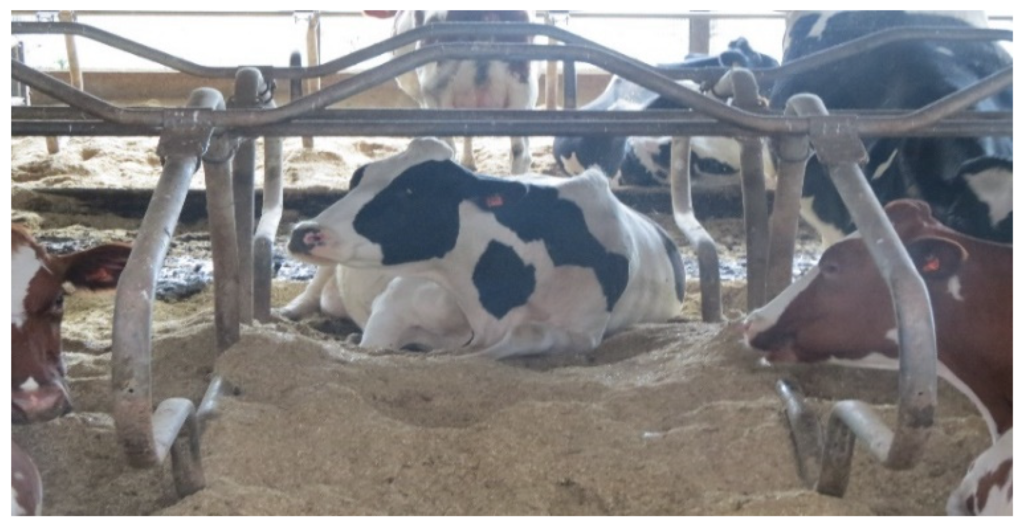
Evaluate Breed Characteristics
Each cattle breed has unique traits that affect management and output. Beef breeds like Charolais grow quickly and yield large carcasses but require more feed than smaller breeds like Shorthorn.
Dairy breeds like Holstein produce high milk volumes but are less suited for meat production. Holstein cows can yield over 22,000 pounds of milk annually, making them a top choice for large-scale dairies. However, their size demands robust infrastructure and feed systems.
Temperament and handling ease matter, too. Breeds like Jersey are known for their docility, making them ideal for beginner farmers, while Brahman can be more challenging to manage due to their spirited nature.
Consider Management and Infrastructure Needs
Your farm’s infrastructure and management capacity must support your chosen cattle breed.
High-yielding dairy breeds like Holstein require advanced milking parlors and consistent feed quality, while extensive beef breeds like Simmental need ample grazing land.
A smallholder farmer I met in Uganda thrived with Ankole cattle, which required minimal infrastructure due to their hardiness. Therefore, assess barn space, fencing, and water systems to match breed needs.
Labor availability is another factor. Breeds with high calving ease, like Angus, reduce labor during birthing season, while breeds prone to dystocia, like Charolais, may require more intervention. Budget for equipment upgrades or additional labor if choosing a high-maintenance breed. Properly matching breeds to your infrastructure prevents costly retrofits and ensures smooth operations.
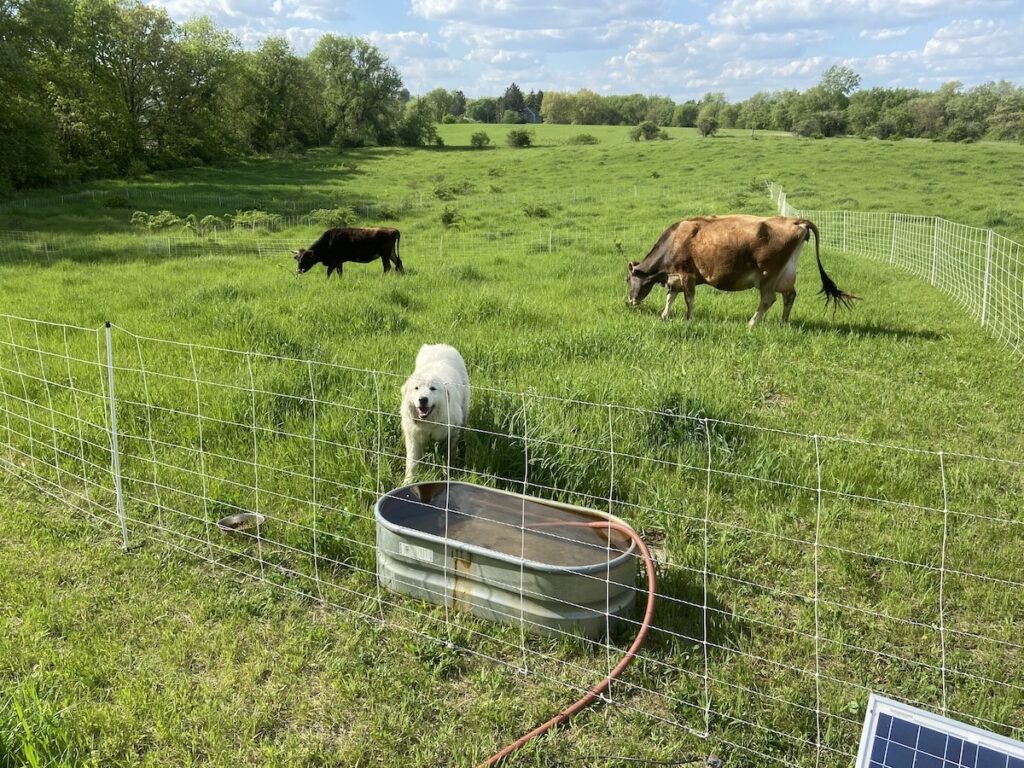
Balance Costs and Returns
Breed choice impacts both initial and ongoing costs. Purebred cattle, like registered Angus, often have higher purchase prices but command premium market rates.
Crossbreds, such as Brangus (Brahman-Angus), offer hybrid vigor, reducing health costs and improving adaptability. Crossbreeding can increase calf weaning weights by up to 15%, boosting returns for beef farmers. However, crossbreeding requires careful planning to maintain desirable traits.
Feed costs are a major consideration. Breeds like Dexter are efficient converters of low-quality forage, ideal for budget-conscious farmers, while Holsteins demand high-energy feeds to sustain milk production. Feed accounts for 60–70% of cattle farming costs, so selecting a breed that matches your feed resources is critical.
Calculate long-term costs against potential revenue to ensure financial sustainability.
Explore Popular Cattle Breeds
Let’s examine a few popular breeds to illustrate their fit for different farms.
Angus, a leading beef breed, is prized for its marbling and calving ease, making it ideal for U.S. and Australian beef farms.
Holstein dominates global dairy production due to its high milk yield but requires intensive management.
Jersey, another dairy breed, produces rich, high-fat milk and suits smaller farms with limited resources.
Brahman excels in tropical climates, offering heat tolerance and parasite resistance, as seen in northern Australia and parts of Africa.
Less common breeds may also suit niche needs. Dexter cattle, small and dual-purpose, are perfect for hobby farms, while Ankole thrive in arid African regions.
Exploring these options ensures you find a breed that aligns with your farm’s unique context.
Make the Final Decision
Once you’ve assessed your goals, climate, market, and resources, narrow your breed options to two or three. Consult local extension services or experienced farmers for real-world insights.
I once helped a dairy farmer in New Zealand choose Jersey over Holstein after visiting nearby farms and comparing milk yields with feed costs.
Pilot a small herd to test your choice before scaling up, as this minimizes risk.
Document your decision-making process, noting why you chose a specific breed. This helps refine future decisions as your farm evolves.
Regularly review breed performance against your goals, adjusting as market or environmental conditions change.
A well-chosen breed not only meets immediate needs but also positions your farm for long-term success.
Wrapping Up
Choosing the right cattle breed for your farm is a strategic decision that balances your goals, environment, and market demands.
You can select a breed that maximizes productivity and profitability by carefully assessing climate adaptability, breed characteristics, and infrastructure needs.
Align your choice with your farm’s unique context. With informed planning, your cattle operation can thrive for years to come.
FAQ: Choosing the Right Cattle Breed
What is the best cattle breed for beginners?
Jersey or Dexter cattle are ideal for beginners due to their docile temperament, smaller size, and lower feed requirements. They suit small farms and are easier to manage while offering decent milk or beef yields.
How does climate affect cattle breed choice?
Climate dictates breed adaptability. Heat-tolerant breeds like Brahman thrive in tropics, while hardy breeds like Hereford suit colder regions. Matching breeds to your climate reduces health issues and feed costs.
Should I choose a purebred or crossbred cattle breed?
Purebreds like Angus offer consistent traits and premium prices, while crossbreds like Brangus provide hybrid vigor and adaptability. Your choice depends on market goals and farm resources.
How do I know if a breed suits my farm’s infrastructure?
Assess your barn space, fencing, and feed systems. High-maintenance breeds like Holstein need advanced setups, while hardy breeds like Ankole require minimal infrastructure.
Where can I find reliable breed information?
Consult resources from the USDA, Iowa State University Extension, or local agricultural extension services for detailed breed profiles and expert advice tailored to your region.
Related:

